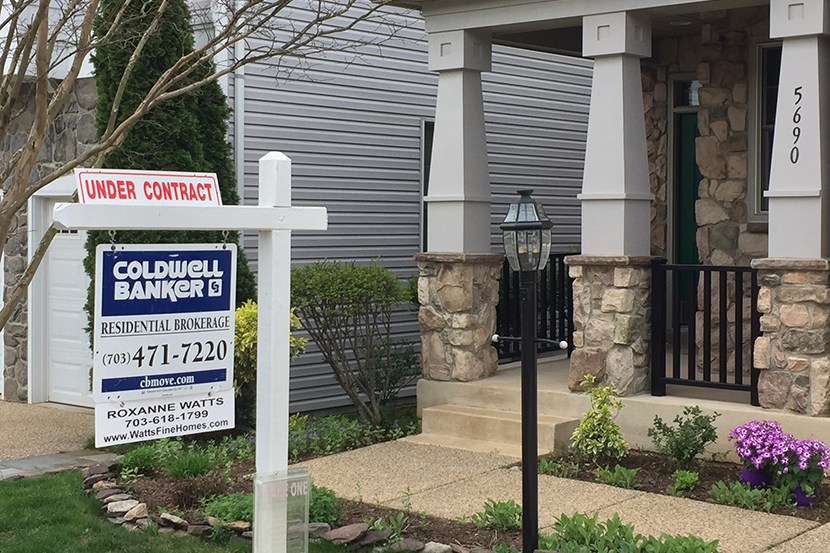
March Pending Home Sales Tumble by Nearly 21%

As expected, March pending home sales fell as the early effects of the coronavirus pandemic took hold, the National Association of Realtors reported yesterday.
The Pending Home Sales Index, a forward-looking indicator based on contract signings, decreased by 20.8% to 88.2 in March. Year-over-year, contract signings declined by 16.3%.
All four regions saw monthly and annual declines. In the Northeast, pending sales fell by 14.5% to 82.3 in March and by 11% from a year ago. In the Midwest, the index decreased by 22.0% to 85.6 from February and by 12.4% from a year ago.
Pending home sales in the South sank by 19.5% to 103.7 in March and fell by 17.8% from a year ago. Pending sales in the West fellby 26.8% in March to 71.4 and dropped by 21.5% from a year ago.
“The housing market is temporarily grappling with the coronavirus-induced shutdown, which pulled down new listings and new contracts,” said Lawrence Yun, NAR chief economist. “As consumers become more accustomed to social distancing protocols, and with the economy slowly and safely reopening, listings and buying activity will resume, especially given the record low mortgage rates.”
Mark Vitner, Senior Economist with Wells Fargo Securities, Charlotte, N.C., warned existing home sales are “headed for a fall.”
“Stay-at-home orders caused housing transactions to plummet in March, but the pending home sales index is only down 14.5% year-over-year. We would expect a larger drop in April, when showings were essentially banned and listings fell sharply,” Vitner said.
However, Vitner said the strong start to 2020 should support the housing market. “Activity will certainly fall off in Q2 but not as badly as many other sectors,” he said. “After being suppressed by stay-at-home orders and social distancing guideline, we expect home sales to bounce back later this spring and summer, and to closely track purchase apps.”
Yun said the usual spring buying season “will be missed,” however, “so a bounce-back later in the year will be insufficient to make up for the loss of sales in the second quarter. Overall, home sales are projected to have declined 14% for the year.”
The NAR April 19-20 Flash Survey reported technology tools such as virtual tours and e-signings are helping connect buyers and sellers. Fifty-eight percent of realtors reported buyers are using virtual tours and 43% said buyers have taken advantage of e-closings.
“Although the pandemic continues to be a major disruption in regards to the timing of home sales, home prices have been holding up well,” Yun said. “In fact, due to the ongoing housing shortage, home prices are likely to squeeze out a gain in 2020 to a new record high.”
